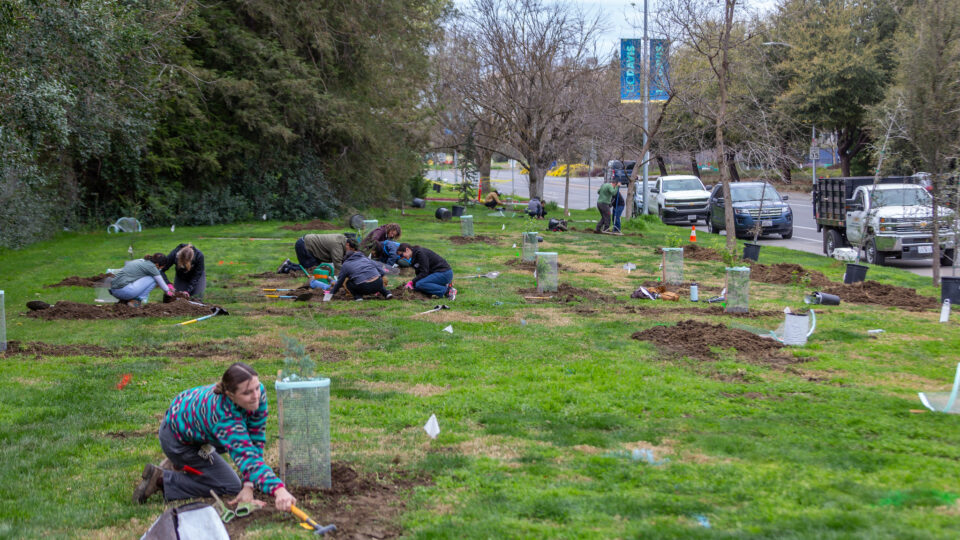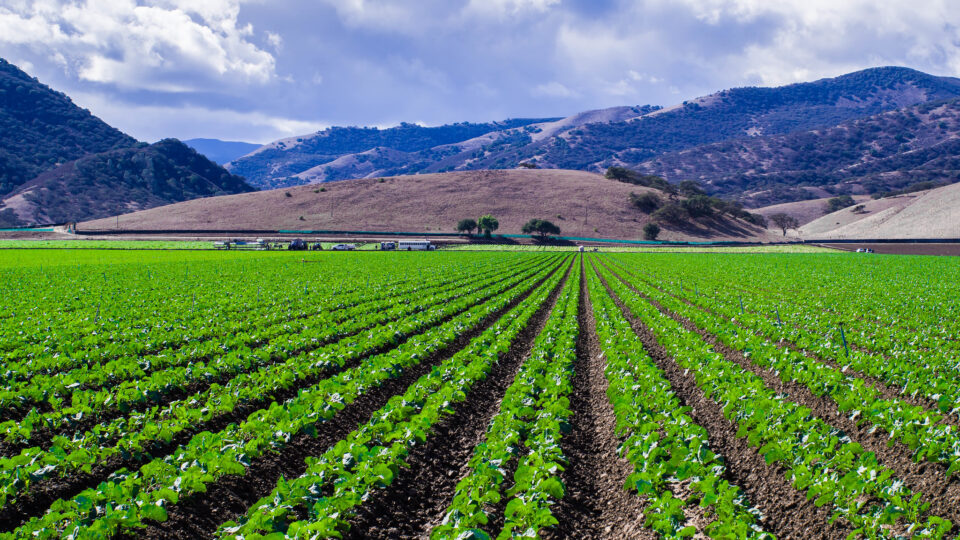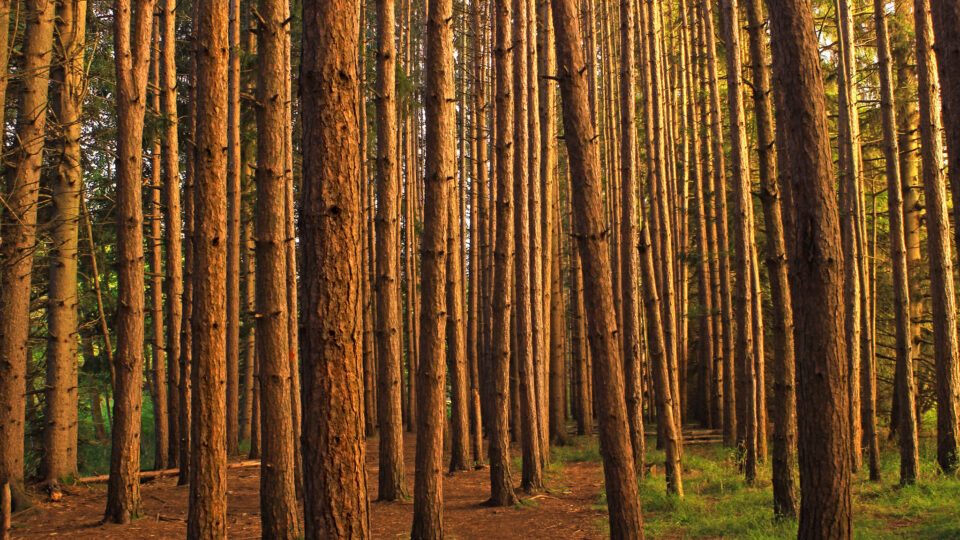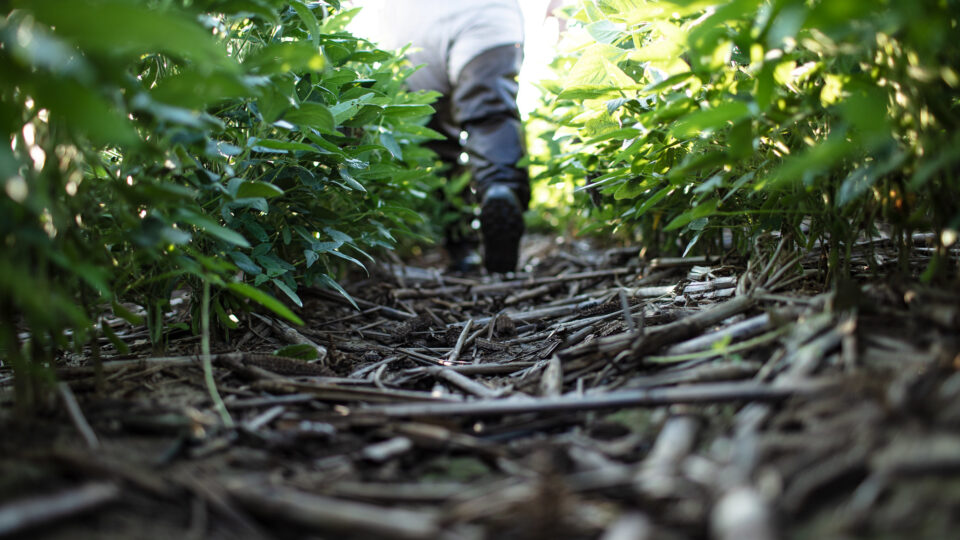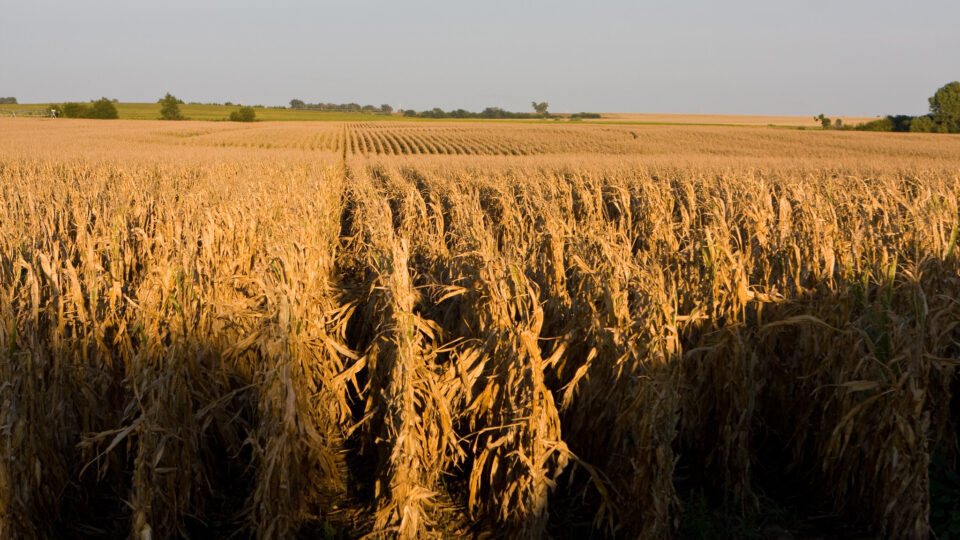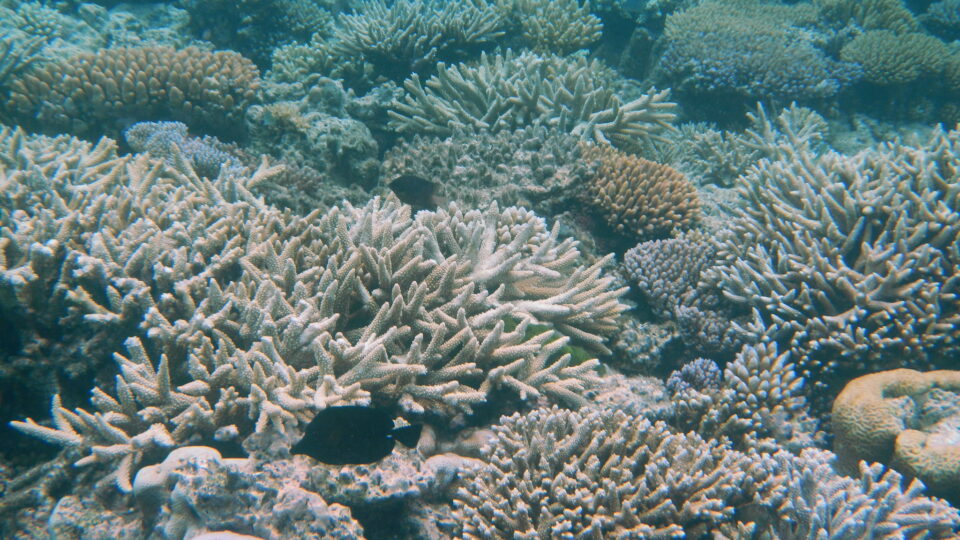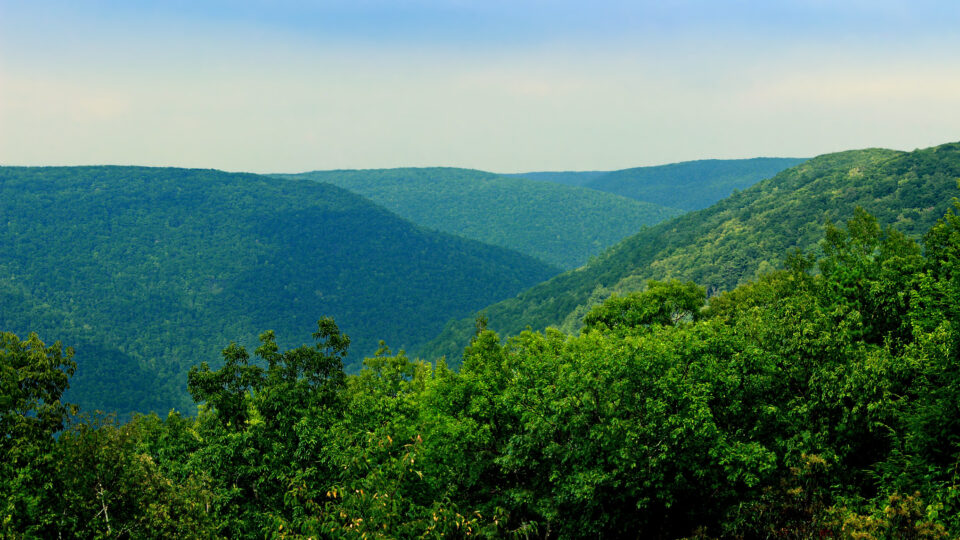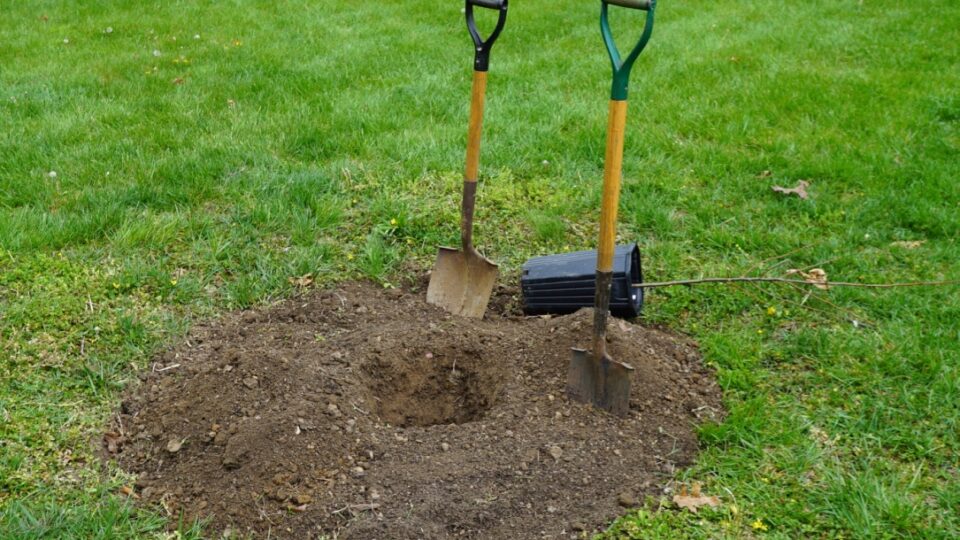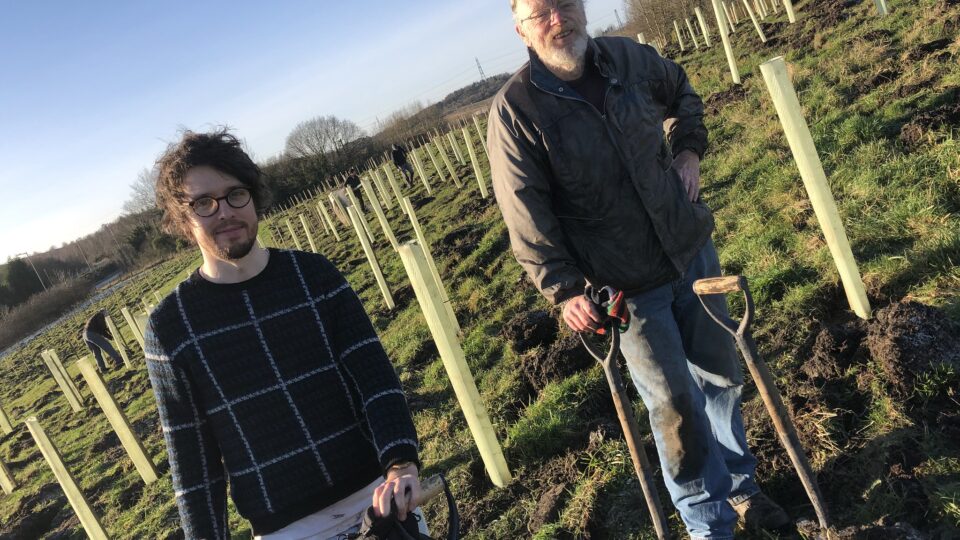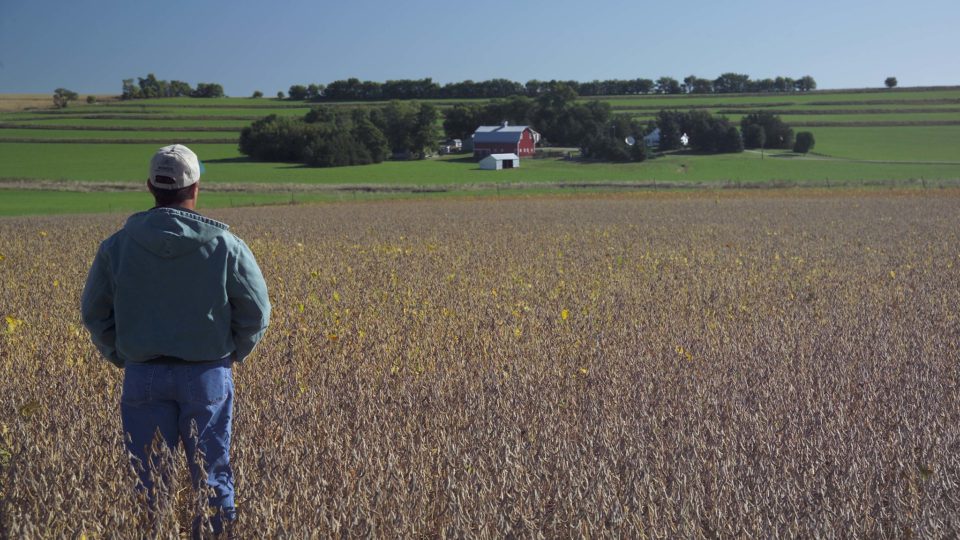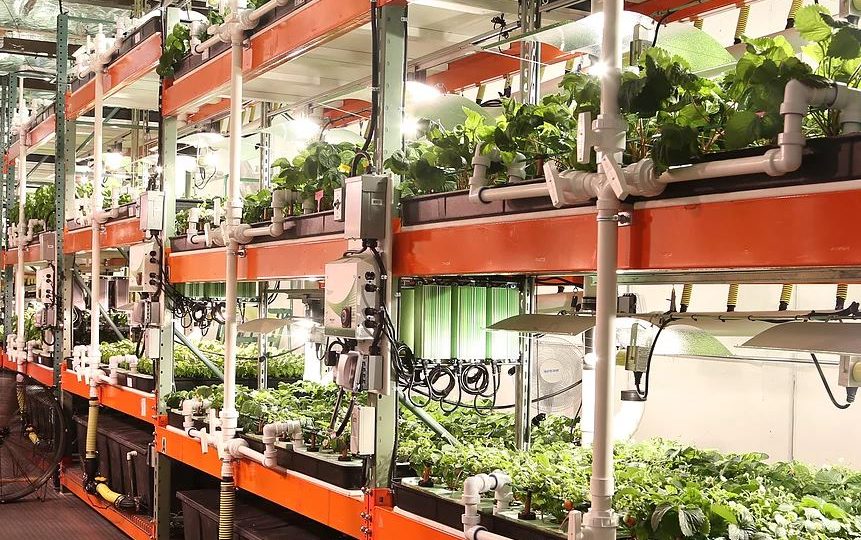Planting huge numbers of trees is often proposed as a way to reduce the severity of climate change. Studies have looked at the potential for Earth‘s ecosystems to support large additional areas of forest and have found that it would be possible to have at least 25% more forested area than we do now. This in turn could capture large amounts of carbon and substantially reduce the amount in the atmosphere.
A recent study by researchers at Clark University in Massachusetts and The Nature Conservancy mapped the climate impact of tree planting across the globe, identifying where it would be most and also least beneficial. The study, published in Nature Communications, found that trees planted in arid, desert regions or in snowy places like the Arctic would, on balance, worsen warming rather than reduce it.
Trees take up carbon dioxide from the atmosphere, which helps to keep warming in check. But trees with dark, green leaves also absorb heat from sunlight. Snow and desert sand, on the other hand, are light-colored and reflect more sunlight back into space. For this reason, trees planted in snowy areas or in the desert will absorb more sunlight than their surroundings. This can negate the climate benefits of soaking up carbon dioxide.
Previous studies only looked at how much carbon dioxide would be removed by planting trees in order to determine how much warming would be prevented. The new study finds that it matters where the trees are planted.
Fortunately, the new study also shows that tree planting projects that are currently underway or that are in the pipeline are largely concentrated in regions where they will indeed help slow global warming.
**********
Web Links
This Map Shows Where Planting Trees Would Make Climate Change Worse
Photo, posted April 5, 2022, courtesy of UC Davis Arboretum and Public Garden via Flickr.
Earth Wise is a production of WAMC Northeast Public Radio
